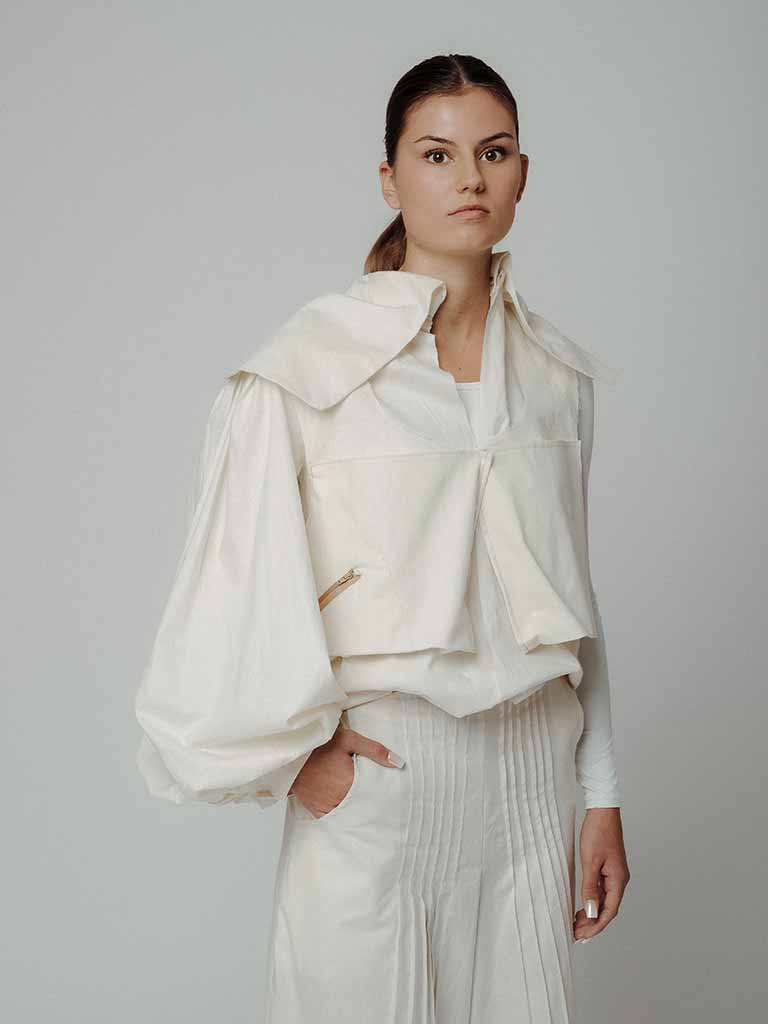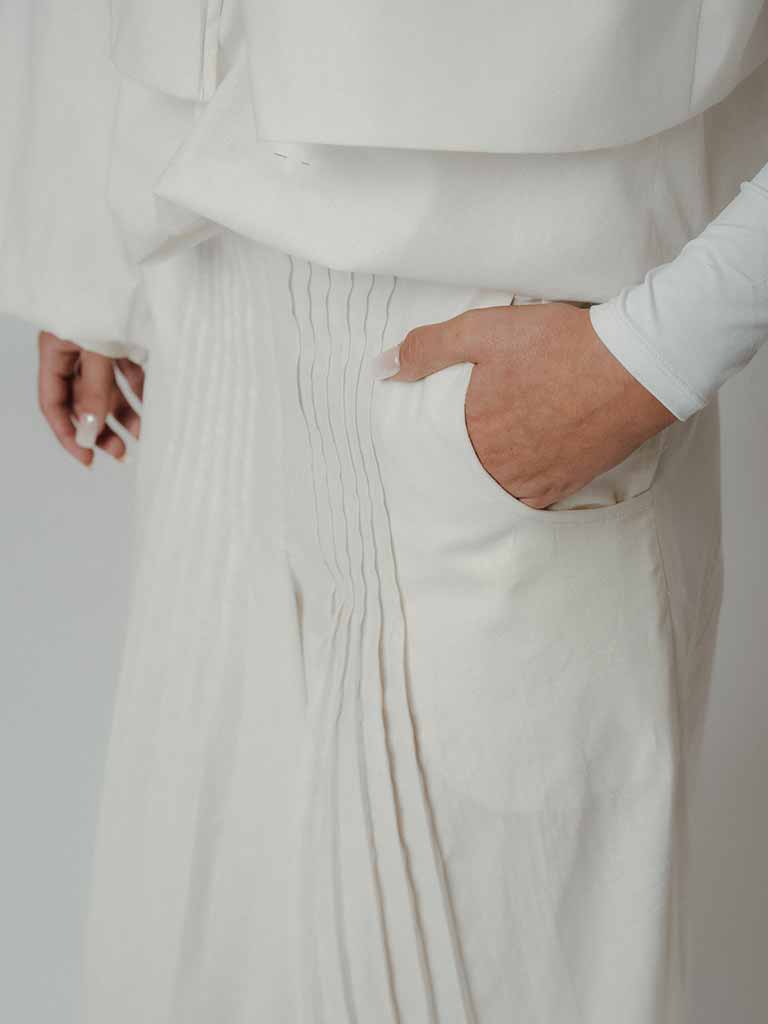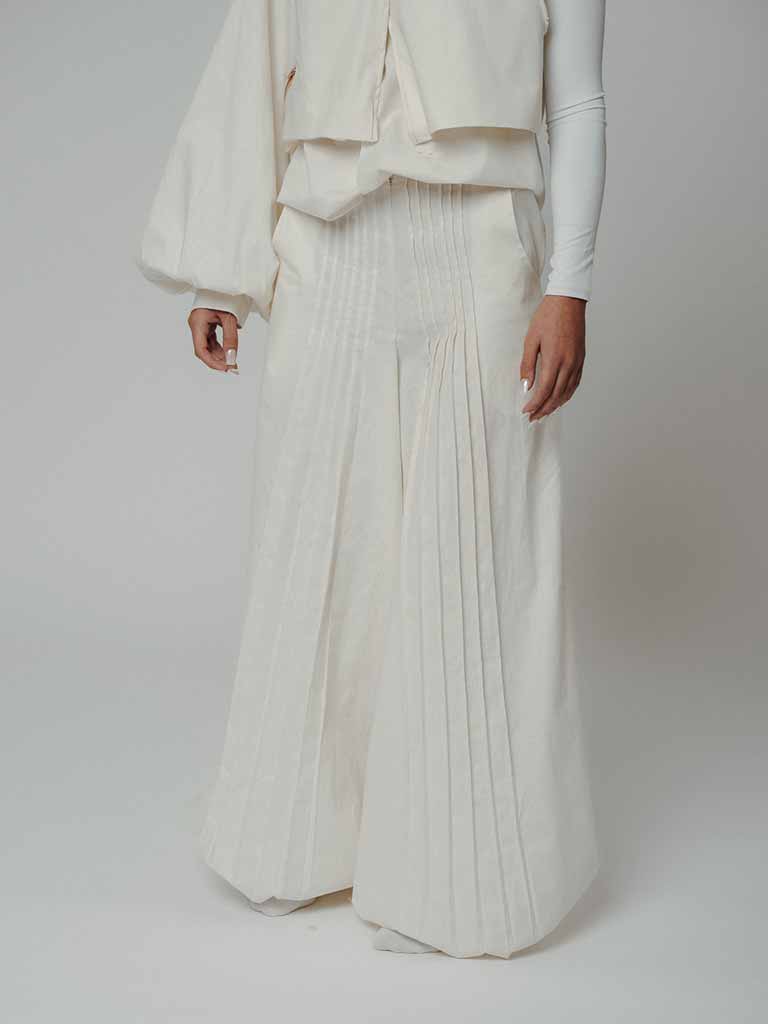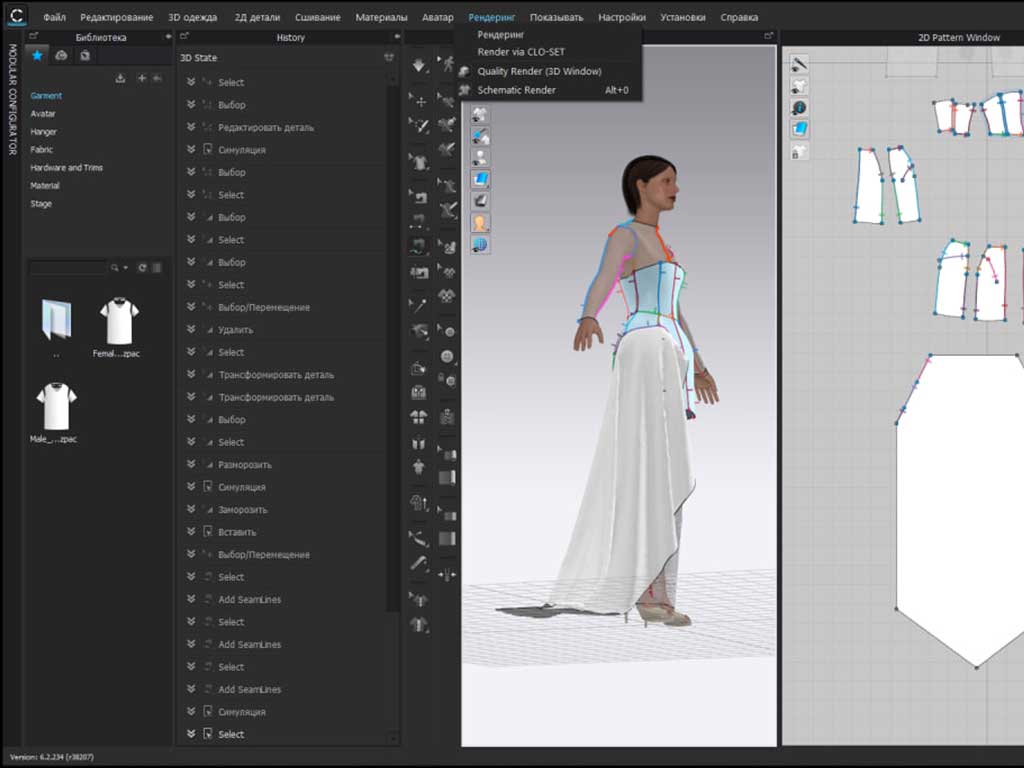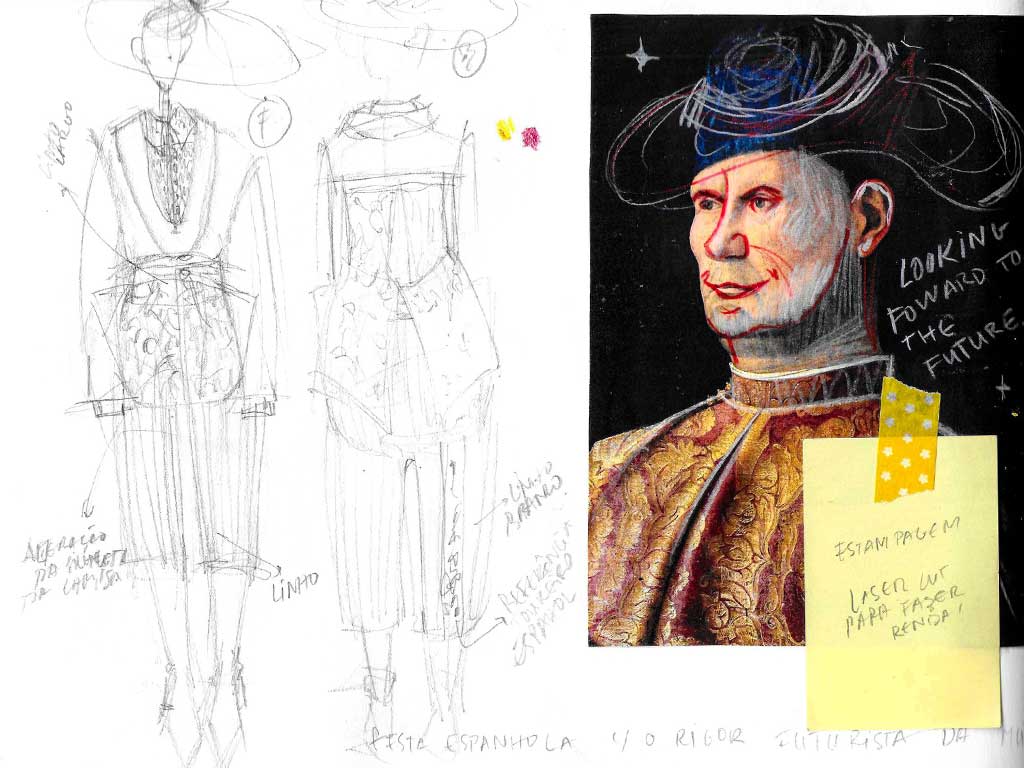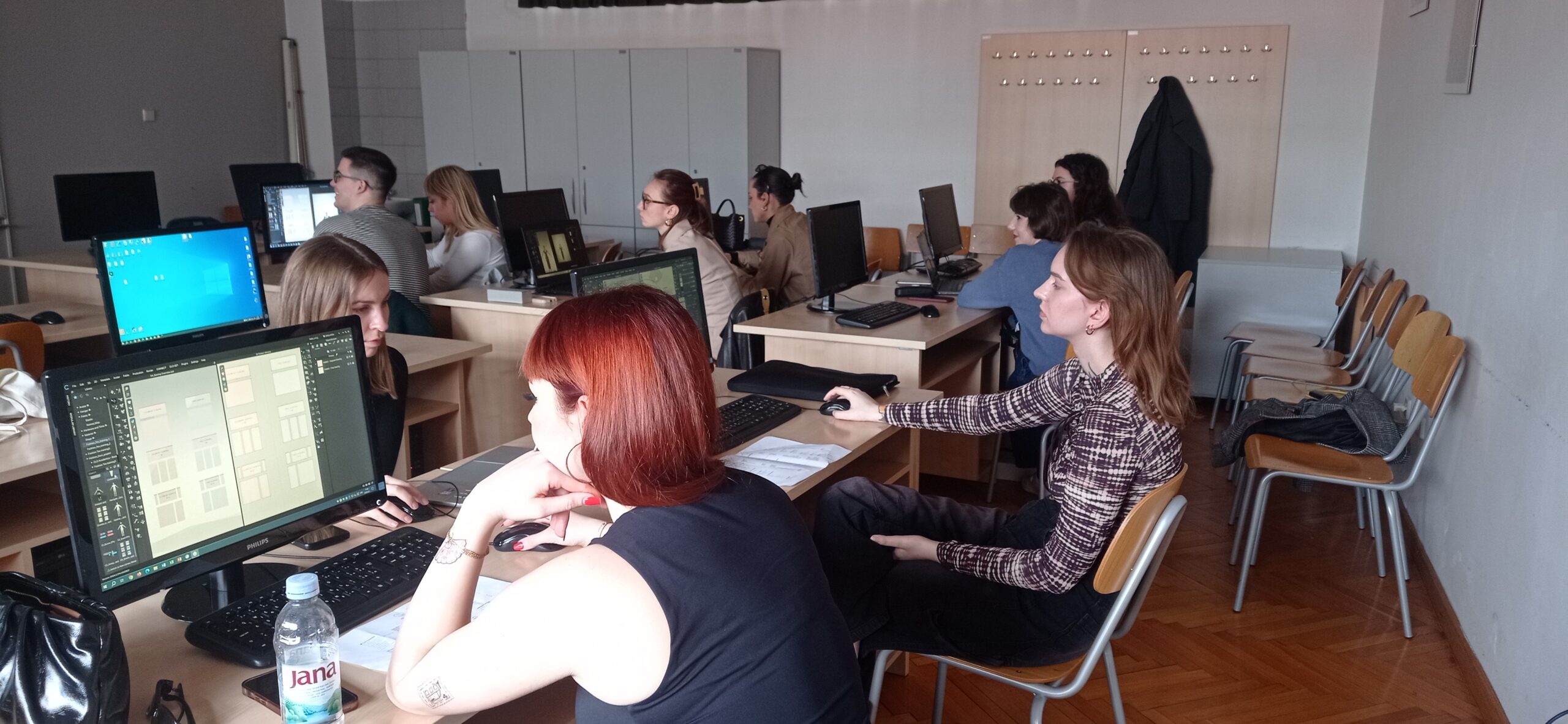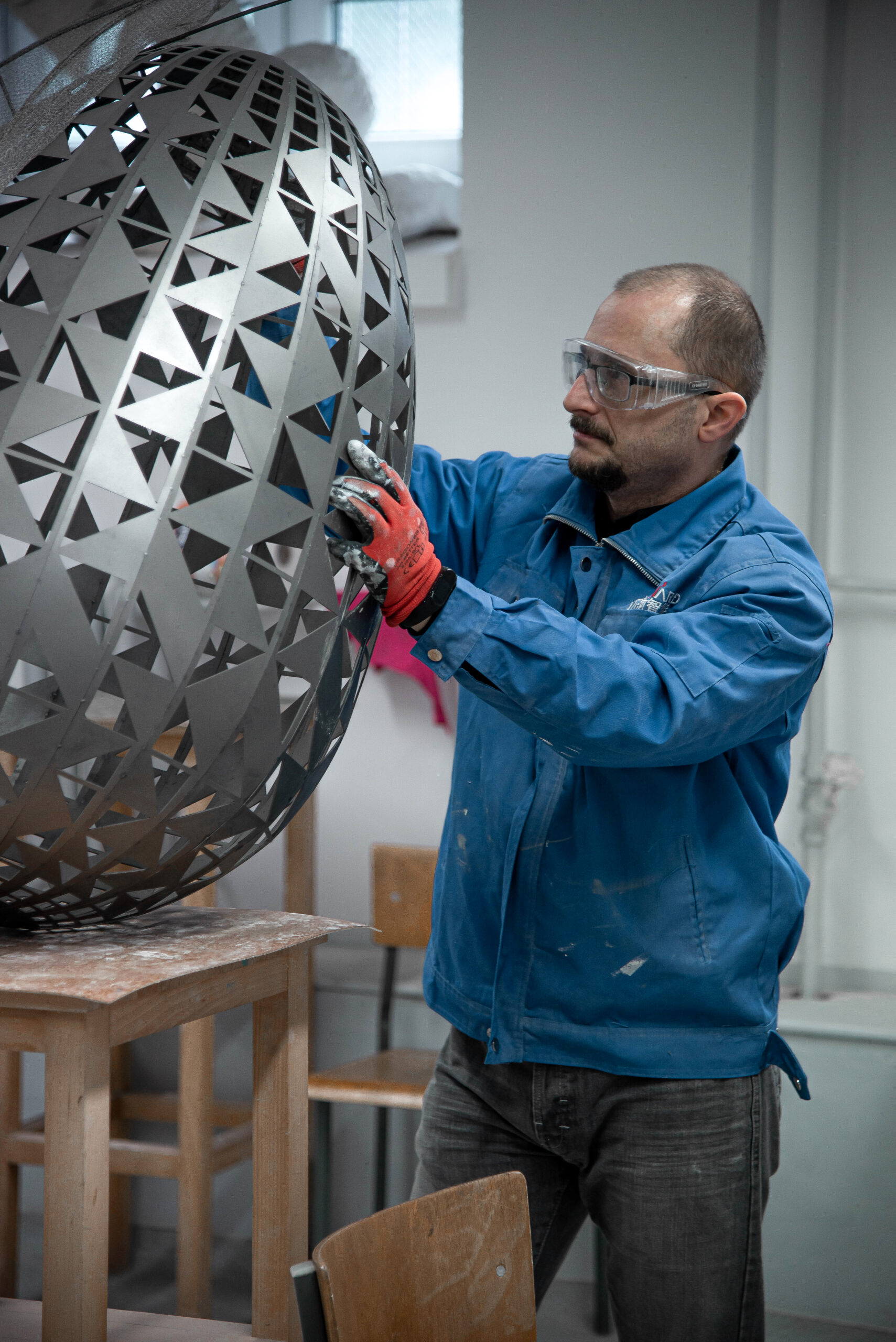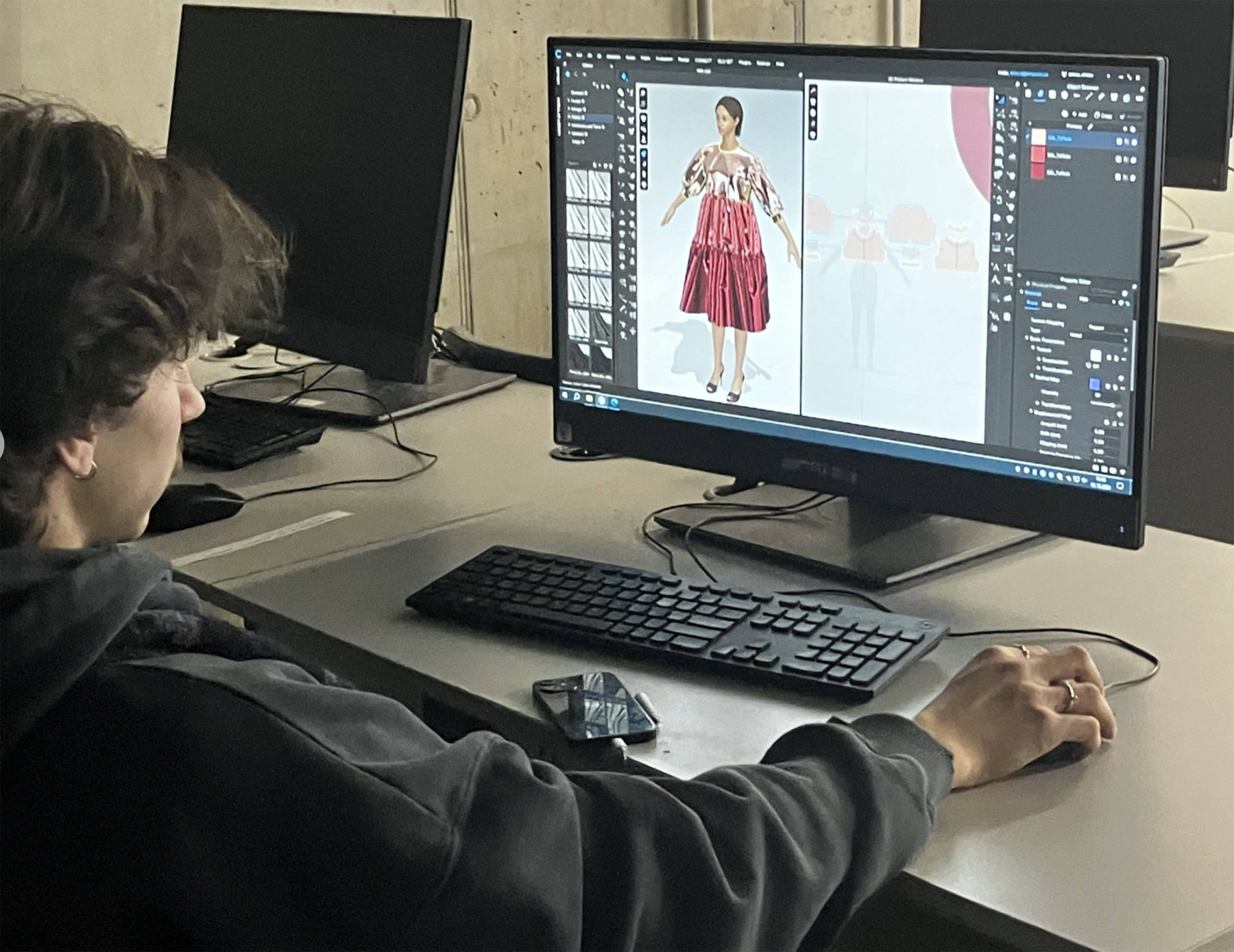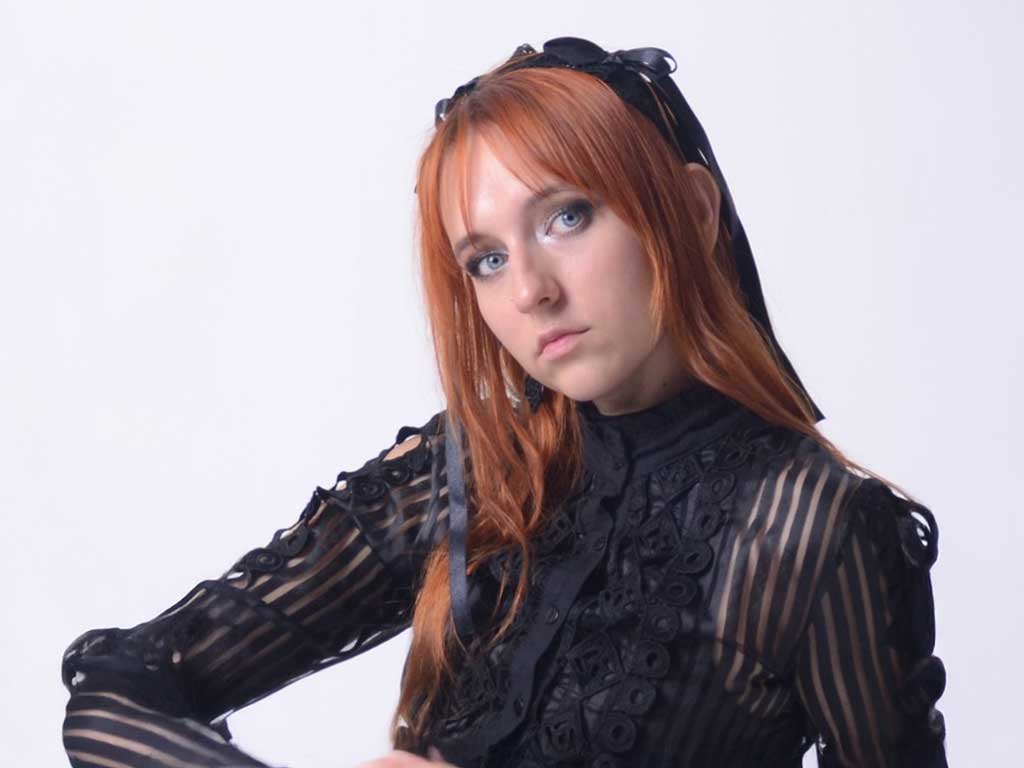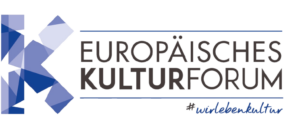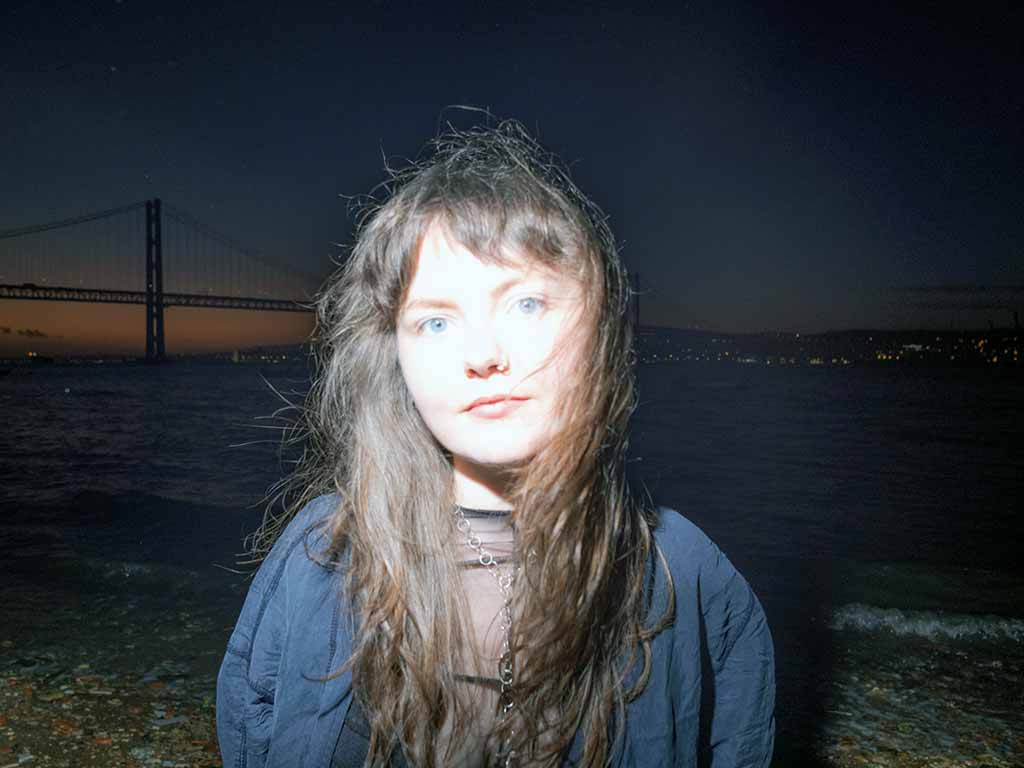
“To think digitally, I had to unlearn sewing” – Alžběta Drcmánková on mental strength, digital rethinking, and working in a makerspace
24-year-old Alžběta Drcmánková is in her first year of a Master’s program at the UMPRUM Academy of Arts, Architecture and Design in Prague. As part of the European FashionTEX project, she participated in a Makerspace, where students from all over Europe collaborated on projects at the intersection of fashion, technology, and sustainability. In this interview, Alžběta talks about the pressure to constantly achieve more, the art of letting go, and why, in digital design, you sometimes have to forget traditional craftsmanship to truly be creative.
Alžběta, what was your most important takeaway from the Makerspace, perhaps even beyond the technical aspects?
Alžběta Drcmánková: I learned to effectively manage my time and energy, even when under considerable pressure. The Makerspace was intense, but I learned a lot about my own limits.
Did you have an “aha” moment?
Alžběta Drcmánková: Yes, absolutely. My biggest “aha” moment was realizing that the whole experience was essentially a competition – not only with others, but also with myself. The most difficult part was “unlearning” sewing while working with CLO3D. My teacher constantly reminded me of this, but I only understood what she meant later. To work digitally, you have to let go of old habits and think completely differently.
Did you make any new contacts or friendships at the Makerspace?
Alžběta Drcmánková: Yes, many! Although I’m rather introverted, I met wonderful people there. We enjoyed nature together in the evenings despite the stress. Some even stayed at my apartment in Prague afterward. I’m still in contact with many of them today.
What was the biggest personal challenge for you while working at the Makerspace?
Alžběta Drcmánková: Definitely my workload. I have a strong tendency to overwork myself and still feel like I’m not doing enough. At the Makerspace, I often worked more than twelve hours a day. At some point, I learned to listen to my body, even though that wasn’t easy at all.
What insights did you gain from working on your avatar or outfit?
Alžběta Drcmánková: Working with Anna, Isabel, and Anita was fantastic. We supported and understood each other. This team dynamic was one of the most wonderful experiences for me.
Was there a moment that particularly inspired you?
Alžběta Drcmánková: Yes, many small ones. I don’t actually study fashion design, so it was difficult at first to keep up with the patterns. I had to learn everything from scratch by watching others, asking questions, and making mistakes. The willingness to help each other was incredible. Nobody left anyone behind.
Which tools did you work with, and what did you learn in the process?
Alžběta Drcmánková: I mainly worked with CLO3D, Photoshop, Illustrator, InDesign, and Substance Sampler. I also tried Blender and Rhino for the first time in my life. I learned a lot at night, step by step, often through trial and error.
What result of your work are you particularly proud of?
Alžběta Drcmánková: The fact that I managed to do all of this despite my insecurities in large groups. I’m proud that I didn’t withdraw but persevered.
What happened after the Makerspace?
Alžběta Drcmánková: I finished my outfit and worked on the animation. We went to the Czech mountains to film the final video, and we also laser-cut the metal parts there. It was a lot of work, especially since I developed all the materials myself. When I finally saw the outfit in nature, everything suddenly made sense – it was the perfect conclusion.
What would you like to continue working on in the future?
Alžběta Drcmánková: I want to collaborate with Czech companies to find better solutions for processing waste materials. Sustainability is a practical issue for me, not a trend.
What was your biggest personal gain from your time in the makerspace?
Alžběta Drcmánková: To be honest? The time spent in nature. I find it difficult to be in the city because it stresses me out. Every moment I was able to spend outdoors, even if it was short, helped me to reconnect with myself.



